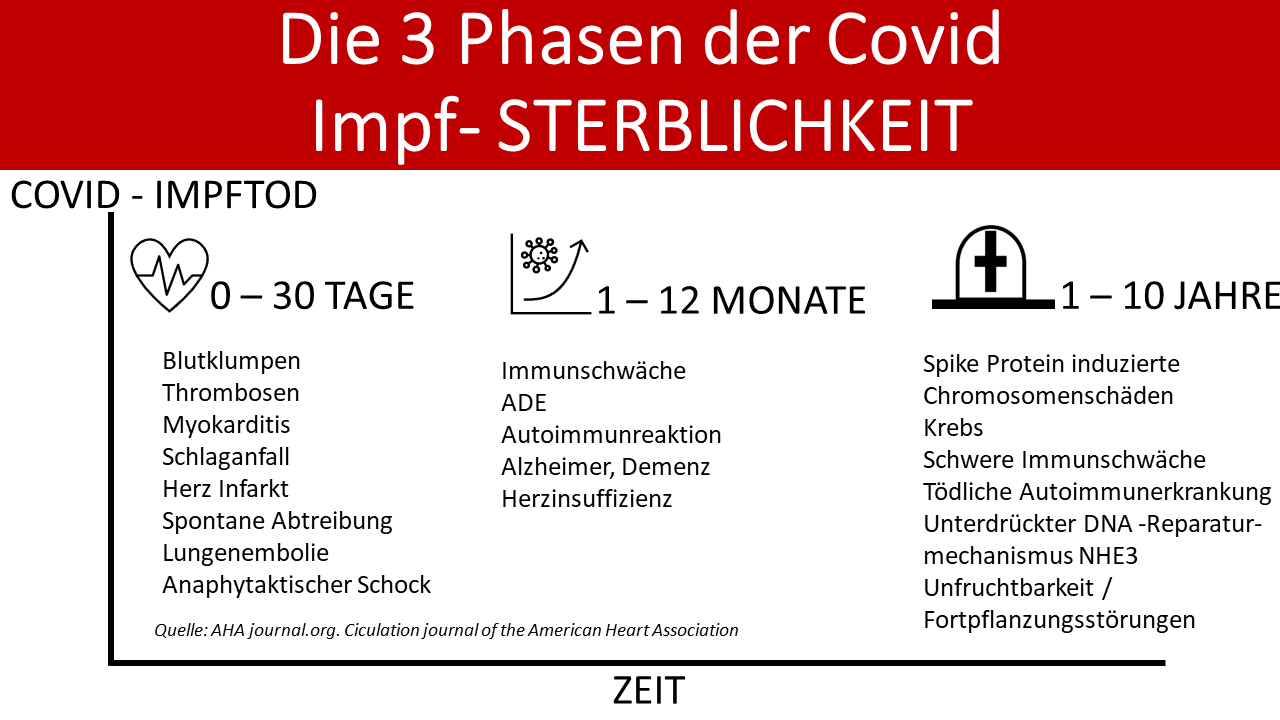Here’s a crisp, decision-focused take on where the war stands today (18 Aug 2025) and the most plausible paths through year-end.
Status now (essentials)
- Talks & politics: After the Trump–Putin Alaska summit produced no deal, Trump is pressing Kyiv to accept compromises (no NATO, no Crimea) while floating US/EU security guarantees; Zelenskyy is resisting territorial concessions. A Zelenskyy–Trump meeting is underway in Washington. Reuters+2Reuters+2
- Front line: Russia keeps pushing primarily in Donetsk (e.g., Chasiv Yar/Pokrovsk axis) with incremental gains; Ukraine conducts deep strikes in Crimea and inside Russia (incl. Kursk Oblast operations). ISW judges Moscow cannot rapidly seize the rest of Donetsk without Ukrainian withdrawal. Institute for the Study of War
- Air/drone war: Russia is conducting large drone/missile salvos (e.g., ~140 drones overnight) hitting Kharkiv/Odesa; Ukraine continues precision strikes, including the Kerch (Crimea) bridge attack on 3 Jun. ReutersAl JazeeraThe Guardian
- Aid & guarantees: NATO coordinated a new US package via the alliance this month even as broader US foreign assistance faced pauses and reshaping. Europe’s role is rising. nato.intukraineoversight.gov
Scenarios to Dec 31, 2025 (with probabilities)
- No-deal, grinding war / “violent stalemate” — ~60–65% (most likely)
- Fronts stabilize with slow, costly Russian pressure in Donetsk; Ukraine sustains deep-strike campaign (Crimea/logistics, Black Sea, border oblasts).
- Diplomacy continues but Putin’s terms (full Donetsk/Luhansk + Crimea recognition, NATO ban, language/ROC demands) remain unacceptable to Kyiv; only localized ceasefires occur. Institute for the Study of WarReuters
- Armistice-lite / “freeze with guarantees” — ~25–30%
- A political deal freezes lines largely where they are; non-NATO “Article-5-like” guarantees and an EU/US-led security package emerge; sanctions relief stays partial/conditional.
- Requires Kyiv to swallow some concessions and Moscow to accept robust verification—both still doubtful today. Institute for the Study of WarReuters
- Escalation spillover / wider incident — ~10%
- Higher-tempo Russian offensives to force Donetsk outcome; intensified strikes on energy/ports; a border or air-defense misfire risks NATO incident. Ukraine steps up cross-border raids/sea denial. (ISW notes Russia lacks capacity for a rapid Donetsk sweep—reducing but not eliminating this risk.) Institute for the Study of War
- Ukrainian operational upset — ~5%
- A surprise Ukrainian breakthrough (enabled by timely Western kit, attrition of Russian DIB, and sustained interdiction of Crimea logistics) pushes lines back in one sector and reshapes talks. ISW’s data on Russian tempo suggests this is hard, not impossible. Institute for the Study of War
Why Scenario 1 is most plausible
- Positions are far apart: Moscow’s ask (full Donetsk/Luhansk, Crimea recognition, NATO bar, language/Church demands) goes beyond a “freeze”; Kyiv rejects ceding cities it still holds. Reuters+1Institute for the Study of War
- Battlefield math: After years of heavy losses, rapid decisive gains look unlikely; ISW assesses Russia would need years to take the rest of Donetsk by force absent Ukrainian withdrawal. Institute for the Study of War
- Signals of ongoing intensity: Largest drone salvos in weeks; continued strikes on Kharkiv/Odesa; Ukraine keeps hitting Crimea (Kerch) and Russian rear areas—behaviour consistent with protracted coercion, not pre-armistice de-escalation. ReutersAl JazeeraThe Guardian
Indicators to watch (to adjust probabilities fast)
- Washington outcomes this week: Any written security-guarantee framework or language on territory. Reuters
- Frontline inflections: Confirmed Russian advances toward Kramatorsk/Sloviansk vs. successful Ukrainian counter-pushes; ISW/ACLED trendlines. Institute for the Study of WarACLED
- Kerch/Crimea logistics: Further degradation of the bridge/ferries and Sevastopol basing. The Guardian
- Aid cadence: Concrete NATO/US/EU deliveries and training cycles vs. pauses. nato.intukraineoversight.gov
- Civilian strike patterns: Sustained large-scale Russian salvos (≥100 drones/missiles) suggest bargaining via escalation. Reuters
Practical implications (Q4 2025 planning)
- Energy & logistics risk: Expect episodic disruption at Black Sea/Danube and in southern energy storage; pricing and insurance premia remain jumpy. (Ukraine has kept grain moving via alternative corridors but far from pre-war norms.) ReutersAInvest
- Cyber/space resilience: Heightened GPS spoofing/jamming and cyber operations around ports, rail, and energy control systems.
- Supply chain hedges: Dual-route options (Black Sea + overland via Poland/Romania), 30–60-day buffer stocks for critical inputs, and flexible contracting for transport capacity.
- Security posture: For firms with personnel in Kharkiv, Odesa, Dnipro, Kyiv—maintain rapid-evac plans; monitor NOTAMs and local curfews following major salvos.





